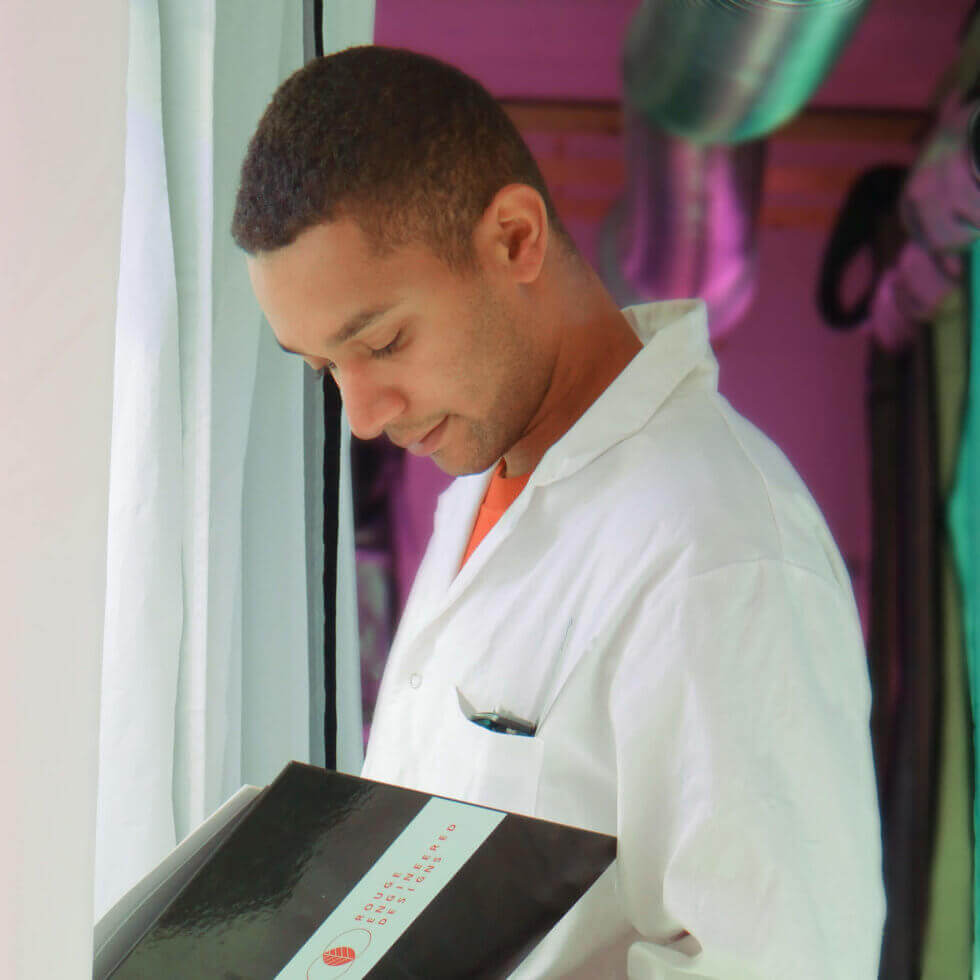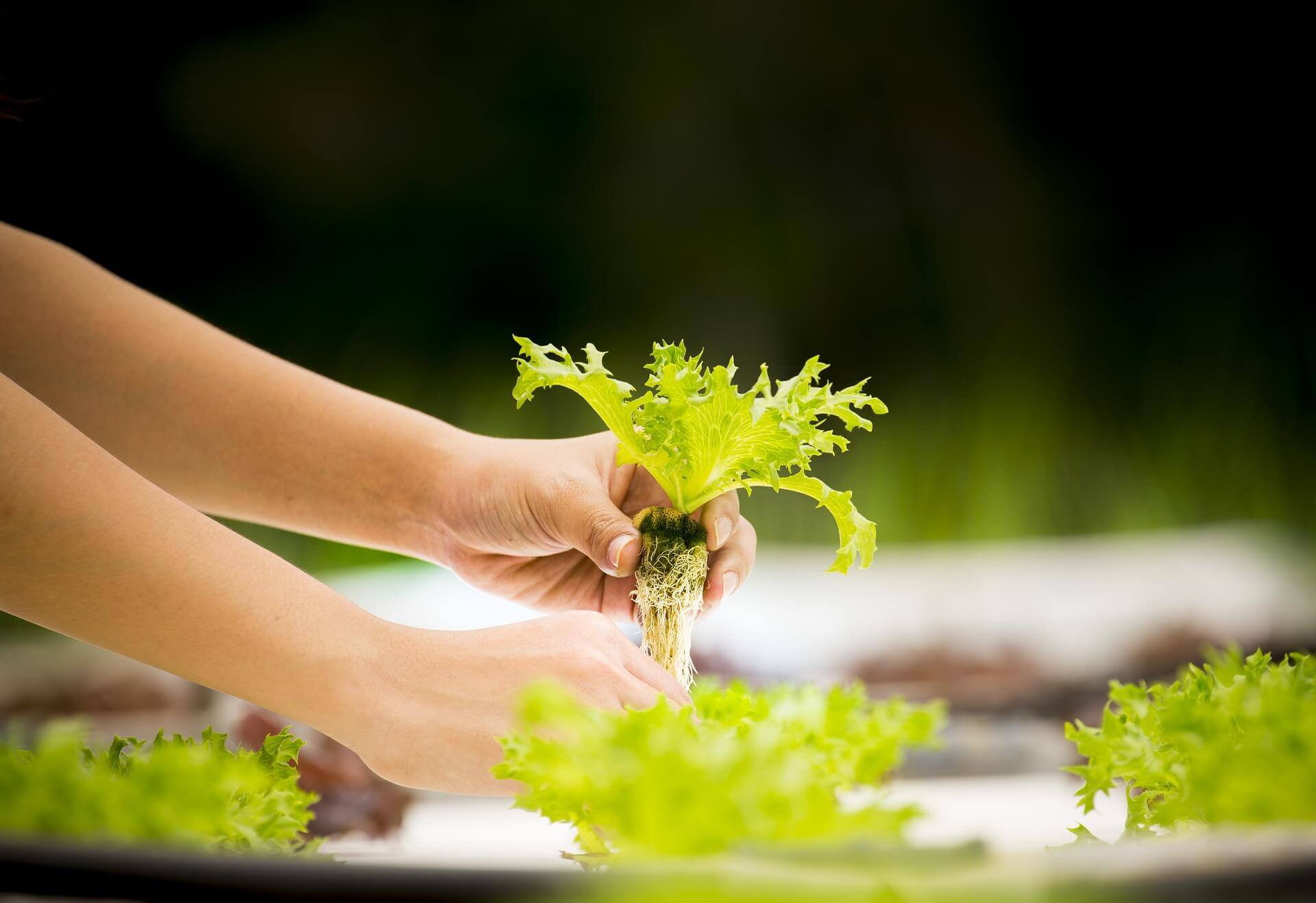
Light to influence root development.
In addition to its vital role in photosynthesis and vegetative growth, light has a major influence on plants' root systems.
14 November 2023
Roots absorb the nutrients necessary for plant growth. Therefore, healthy and well-developed roots ensure good yields and satisfactory production quality.
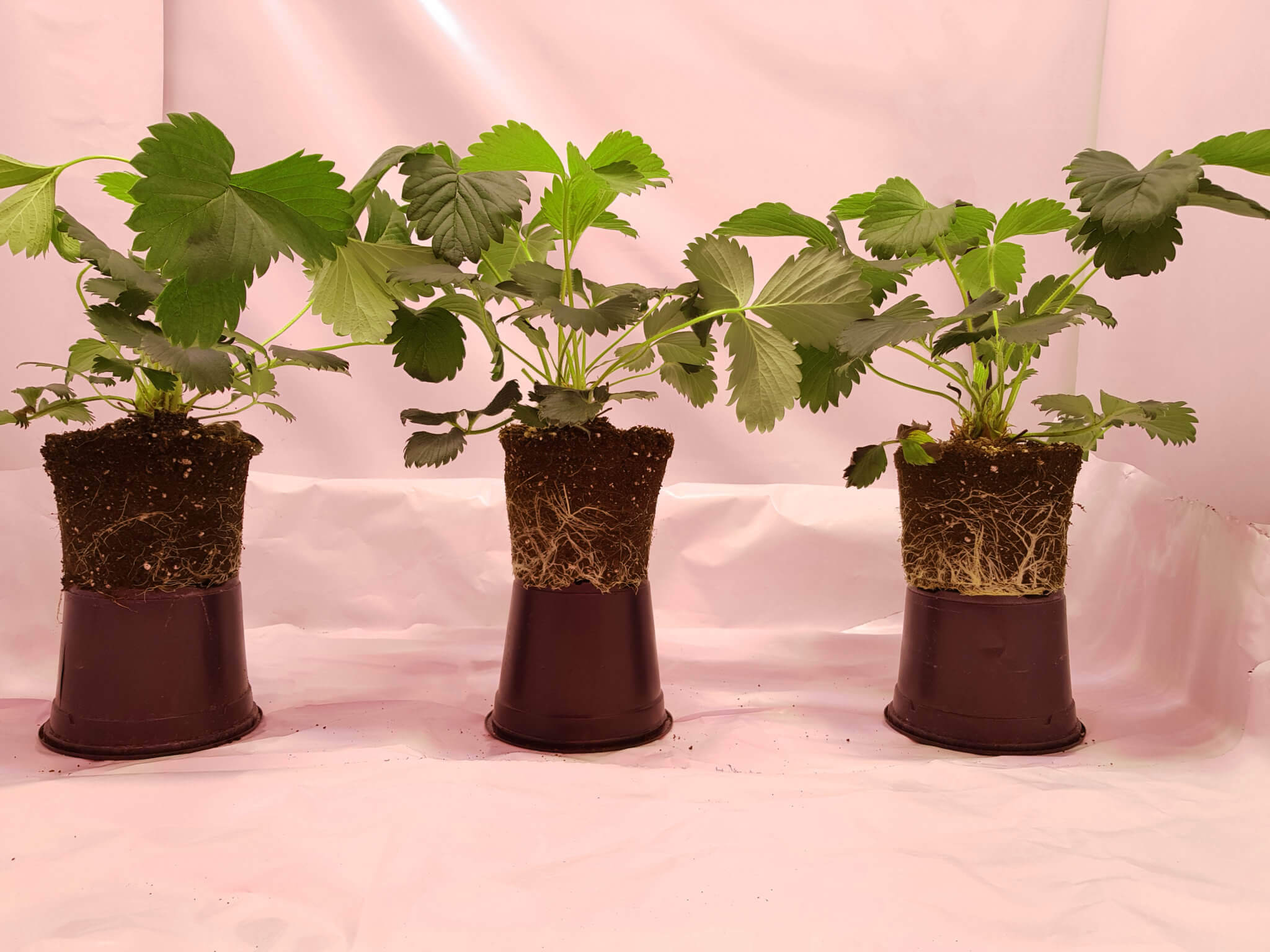
Figure 1: Different root classes observed on strawberries based on the lighting treatment used. Source: R. Quenum, 2019
Direct effect of light on roots.
Unlike aerial organs, plant roots exhibit negative phototropism, avoiding light during their development. A low exposure of roots to light accelerates their growth to escape the light radiation (Burbach et al., 2012). Phytochromes, the main receptors for red and far-red light (see the article on Photomorphogenesis in plants), are also located in the roots (Costigan et al., 2011). They participate in avoiding light sources (Correl and Kiss, 2005) in the context of phototropism. They detect light radiation and induce a change in the direction of root growth to escape it. In Figure 1, roots exposed to a light source show a much higher diversion rate: 78% of roots exposed to light divert in search of darkness (Burbach et al., 2012). Far-red, ultraviolet (UV) rays, as well as red and blue lights, can be perceived by the roots and impact their development (Costigan et al., 2011).
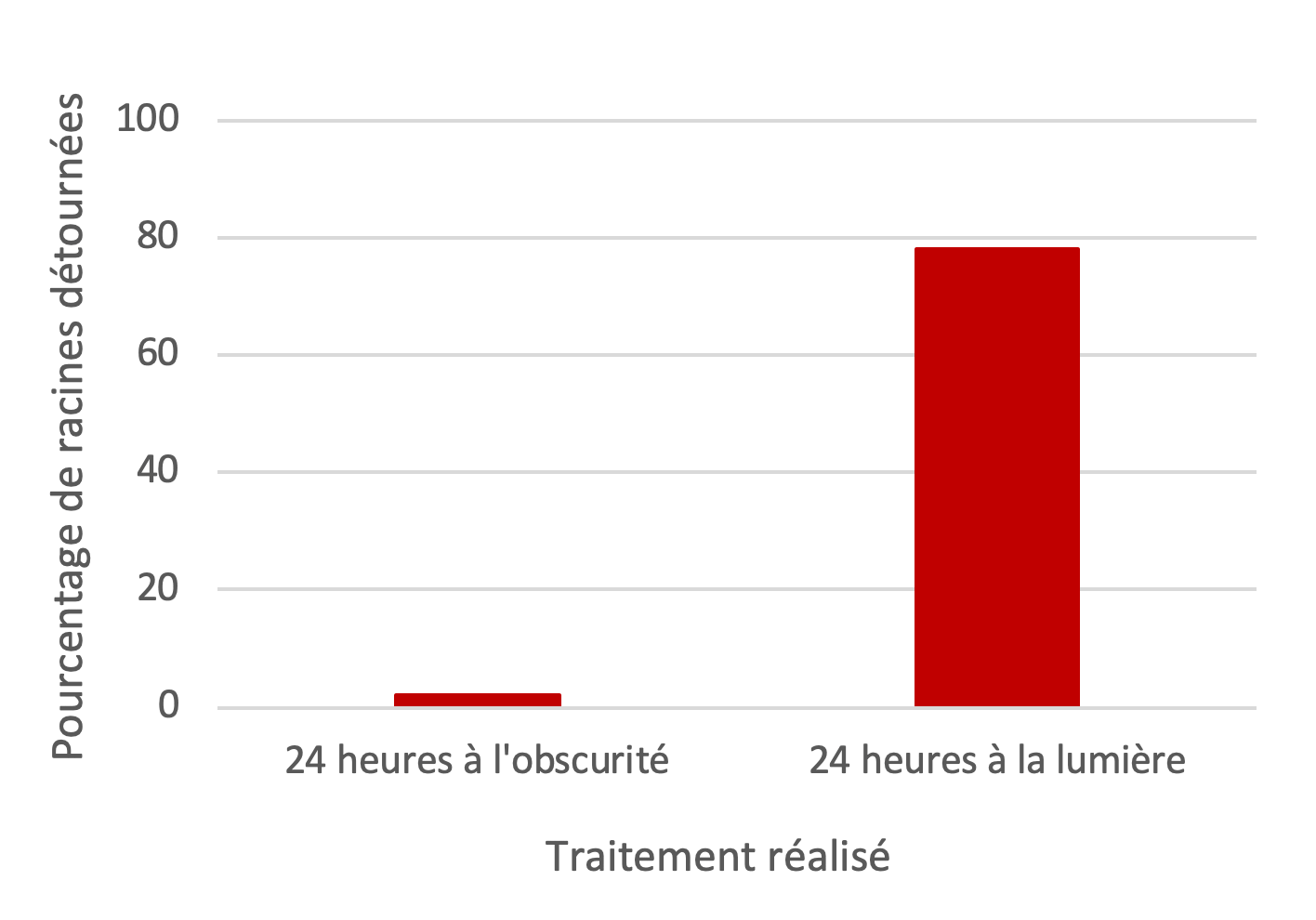
Graph 1: Percentage of diverted roots based on the applied lighting treatment. Lighting treatment: white light. According to Burbach et al., 2012
The amount of light received also influences the development of the root system. On strawberries, the number and length of roots are maximum at a light intensity of 90 µmol.m⁻².s⁻¹, beyond which the root system is less developed (Zheng et al., 2019).
An indirect effect of light on the root system.
Light also has an indirect effect on the root system of plants. Indeed, the use of different light spectra on aerial parts modifies the underground development of roots. Photosynthesis is the main process involved in stimulating root growth when exposed to a light source (Kurata and Yamamoto, 1997). Weak roots are unable to supply enough nutrients to the aerial parts (Johkan et al., 2010). Therefore, abundant biomass favored by significant photosynthesis results in more pronounced root development.
Moreover, root elongation is also stimulated by light. Exposure to far-red light, in particular, induces root elongation (Kurata and Yamamoto, 1997; Costigan et al., 2011) through the action of phytochromes (Kurata and Yamamoto, 1997; Correl and Kiss, 2005) located in the aerial parts of plants.
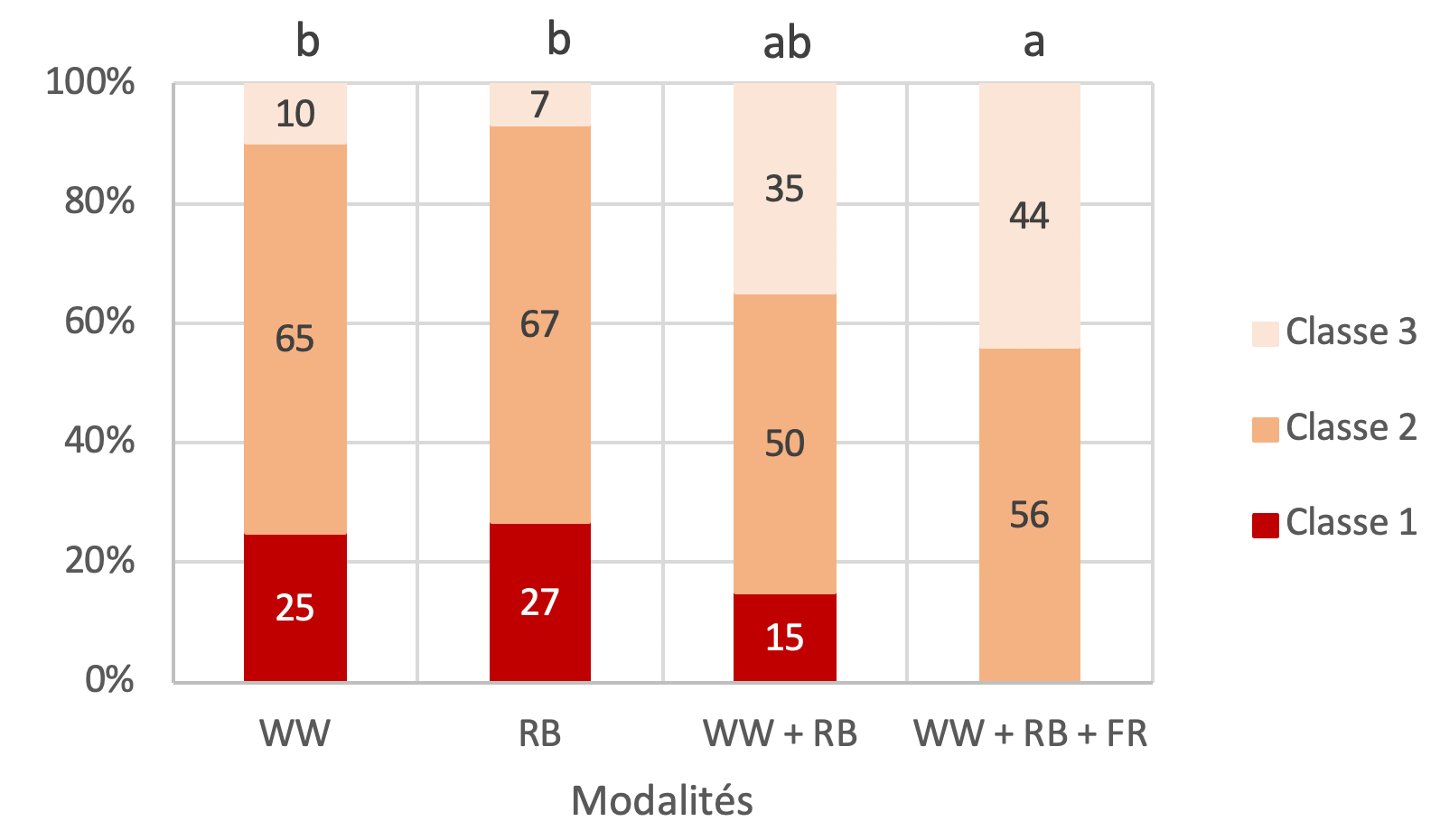
Lettuce root classes.
The percentage representation of each class is indicated. Modalities with the same letter do not differ significantly from each other at the 5% threshold.
WW: Warm White; RB: Red – Blue; FR: Far-red
Light is a crucial parameter for the root development of plants. It is a key parameter in the cultivation environment and its control ensures yield and production quality. Healthy and vigorous roots will also be more resistant to soil-borne pathogens.
Gravitropism: The ability of an organism to orient its development according to gravity.
Jasmonates: Plant hormones responsible for inhibiting germination and root elongation.
Soil-borne pathogens: Pathogens that develop in the soil.
Phototropism: The ability of an organism to orient its development according to the direction of the light source.
Bibliography
- Burbach, C., Markus, K., Zhang, Y., Schlicht, M., & Baluska, F. (2012). Photophobic behavior of maize roots. Plant Signaling and Behavior, 7, 874–878.
- Correll, M. J., & Kiss, J. Z. (2005). The roles of phytochromes in elongation and gravitropism of roots. Plant and Cell Physiology, 46(2), 317–323.
- Costigan, S. E., Warnasooriya, S. N., Humphries, B. A., & Montgomery, B. L. (2011). Root-localized phytochrome chromophore synthesis is required for photoregulation of root elongation and impacts root sensitivity to jasmonic acid in Arabidopsis. Plant Physiology, 157, 1138–1150.
- Kiss, J. Z., Mullen, J. L., Correll, M. J., & Hangarter, R. P. (2003). Phytochromes A and B mediate red-light-induced positive phototropism in roots. Plant Physiology, 131, 1411–1417.
- Kurata, T., & Yamamoto, K. T. (1997). Light-stimulated root elongation in Arabidopsis thaliana. Journal of Plant Physiology, 151, 346–351.
- UNIFA. (n.d.). Le système racinaire. UNIFA. [Online]. Retrieved from https://fertilisation-edu.fr/nutrition-des-plantes/les-mecanismes-d-absorption-des-elements-nutritifs/le-systeme-racinaire.html
- Yokawa, K., Fasano, R., Kagenishi, T., & Baluska, F. (2014). Light as a stress factor to plant roots – case of root halotropism. Frontiers in Plant Science, 5, 718. DOI 10.3389/fpls.2014.00718.


